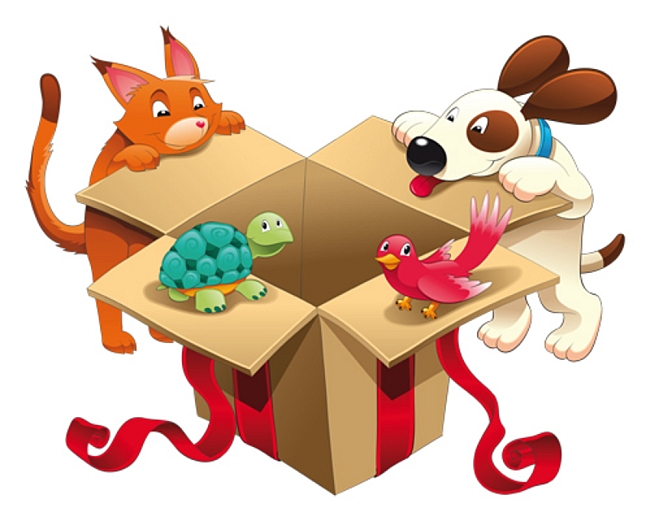 Purchasing dog or cat toys is one aspect of a pet-parent’s responsibilities. Not only is it a useful way to bond with your pet and challenge their minds, but toys are also beneficial aspect of their growing process. However, the pet care industry (whether food production or toy manufacturing) has proven lax about their production standards and accurate labeling. Get on your game, and find out how to protect your pet from hazardous toys, and provide them only the best options. As the old saying goes, it’s better to be safe than sorry.
Purchasing dog or cat toys is one aspect of a pet-parent’s responsibilities. Not only is it a useful way to bond with your pet and challenge their minds, but toys are also beneficial aspect of their growing process. However, the pet care industry (whether food production or toy manufacturing) has proven lax about their production standards and accurate labeling. Get on your game, and find out how to protect your pet from hazardous toys, and provide them only the best options. As the old saying goes, it’s better to be safe than sorry.
Tips for buying safer toys
- Plastic/Rubber batons in the shape of bones or sticks should be avoided, since they have been found carrying high levels of toxins.
- Steer clear of any toy that smells strongly of chemicals. If you wouldn’t want it in your mouth, why would you want it in your dog’s mouth?
- Avoid items made with stain resistant compounds or anything that is fire proof or flame resistant. (While that might sound safe and protective on the package, remember this item will be something your pet chews on, meaning he will be ingesting the surface level flame resistant chemicals and contaminants.)
- Buy products that are labeled “BPA Free” or that have been made from 100% natural rubber in the USA where our strict safety regulations apply. Be on your guard against the plethora of toxic pet toys out there.
- If you can’t find any pet toy that you feel you can trust, chose a human child toy made from 100% natural rubber, since the safety production regulations are higher for human toys.
- Do your research: get online and find out how the specific toy you are considering is made. If you don’t recognize a word or element in the toy, find out what it is! There might be a poorly masked contaminant in the product.
- Ask good questions of the company who makes the toy product. Part of the research process is to look up any complaints made against the dog toy. Are there any repeat or similar problems that tend to arise? Were there ever any recalls in the company? Find out prior to purchase, and potentially save your pet a world of pain. (In one example, a dog got his tongue caught by a hole in a ball, and had to have his tongue amputated. The dog owner later found out that this exact scenario had happened to several dogs who had bought the same product. Find out if problems have happened more than once!)
Talk to a vet that you trust and find out what they recommend for a safer toy option.

